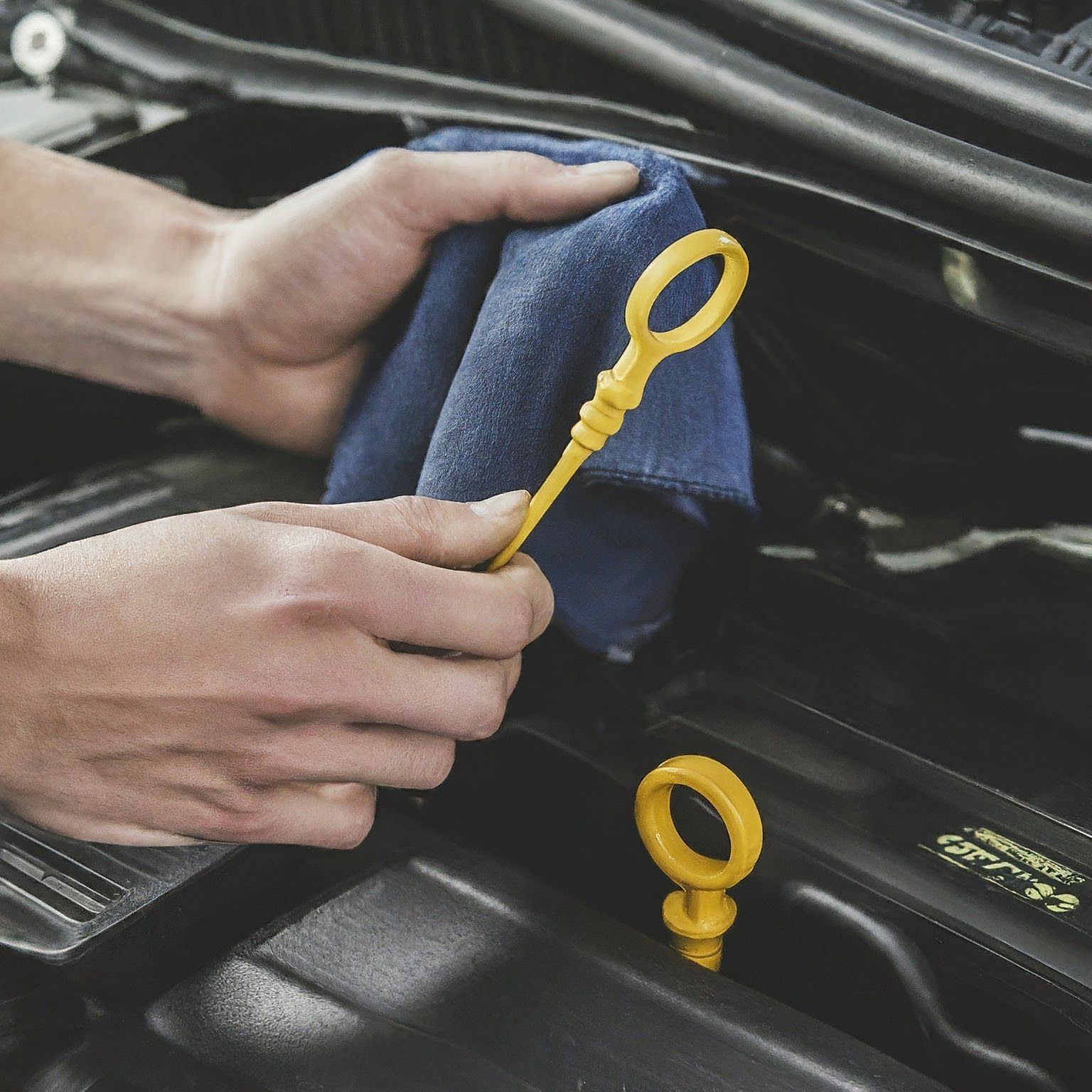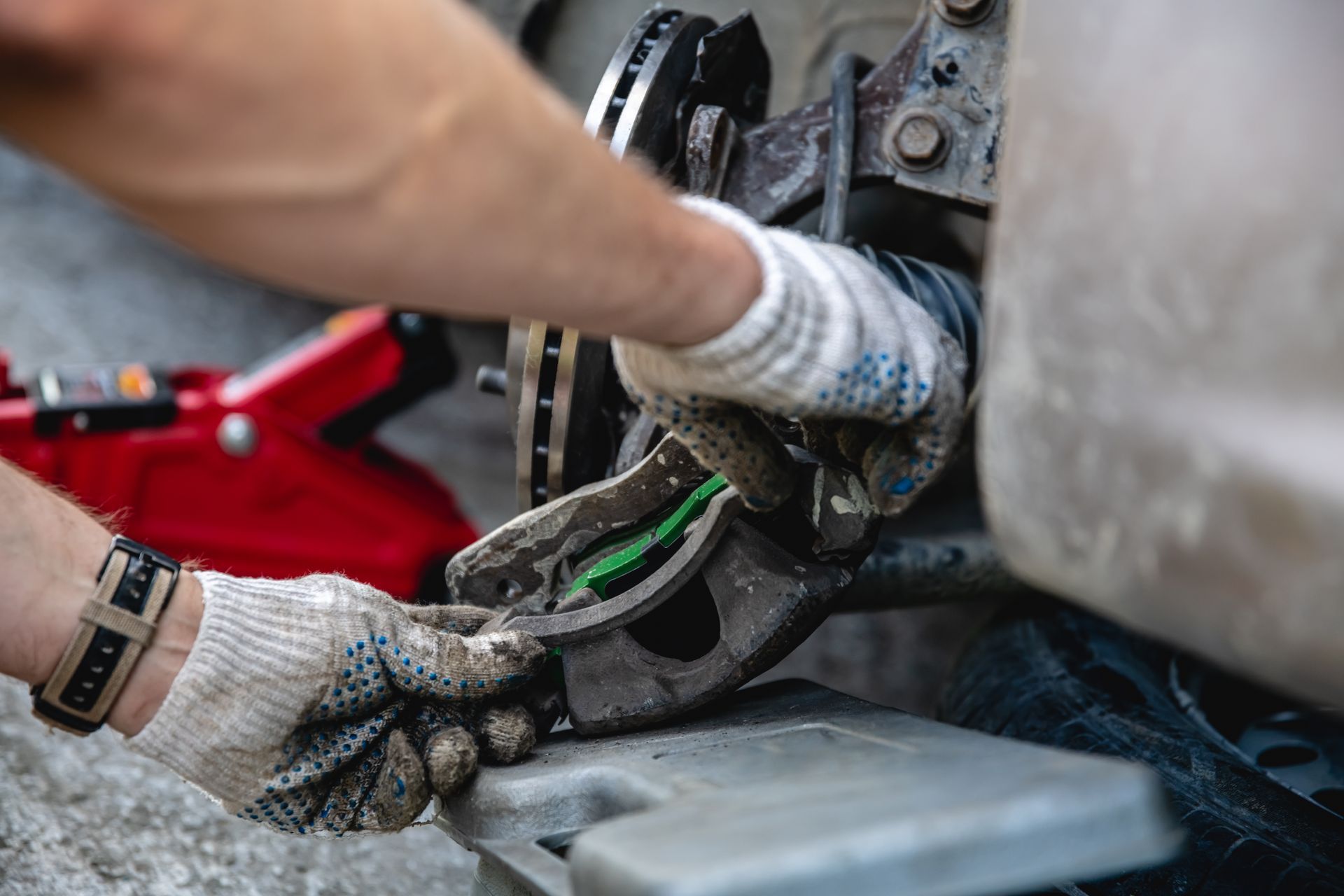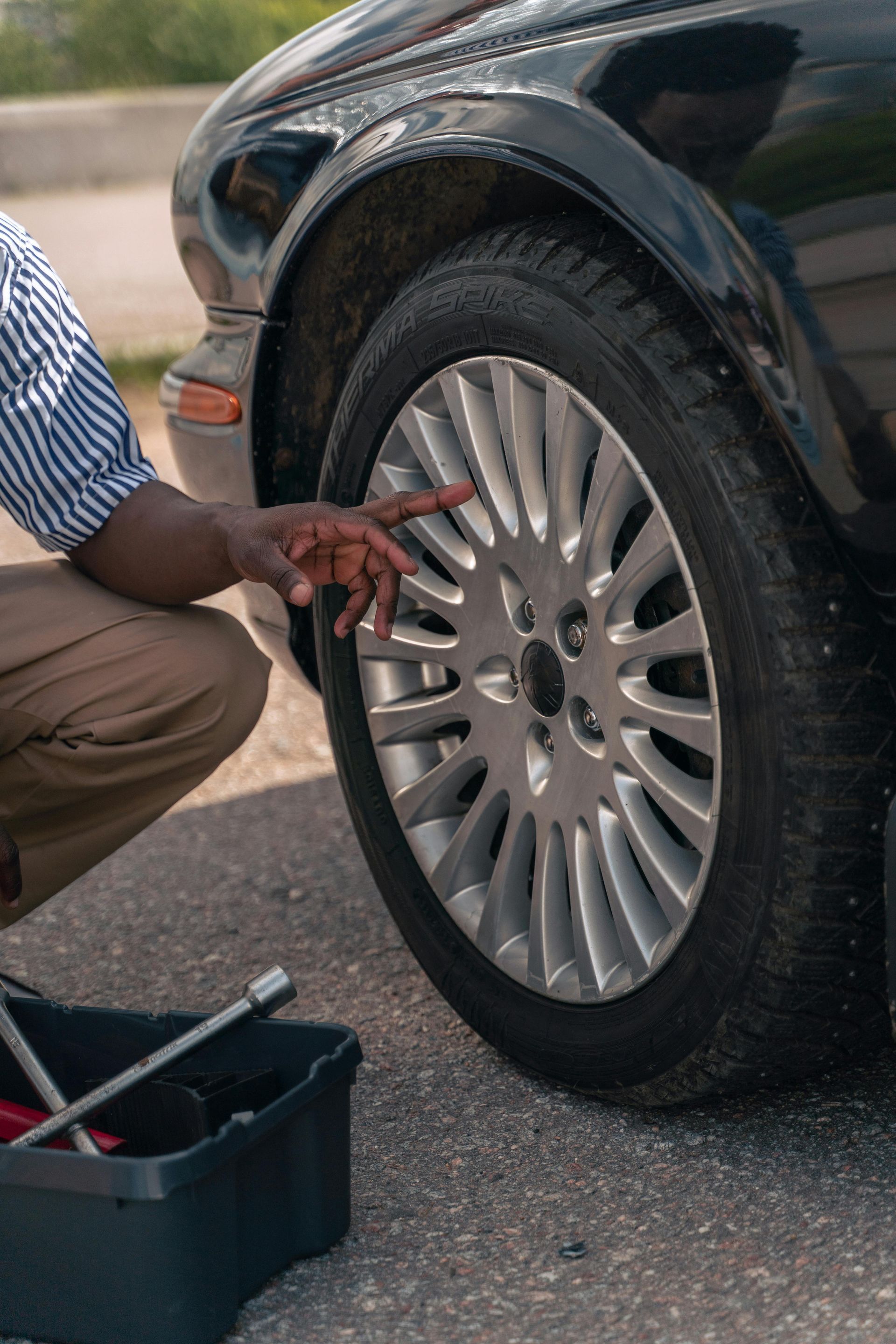A Guide to Checking Your Car's Oil
Keeping Your Engine Running Smoothly: A Guide to Checking Your Car's Oil

Knowing how to check your car's oil is a fundamental skill for every driver. This simple process can help prevent costly repairs and ensure your engine runs smoothly for miles to come. Here's a breakdown of the steps involved:
What You'll Need to check your oil:
- Rag or paper towel
- Owner's manual (recommended)
Steps to check your oil:
- Park your car on a level surface and turn off the engine. Allow the engine to cool down for at least 15 minutes if it's been running. Hot oil can cause burns.
- Locate the oil dipstick. Consult your owner's manual if you're unsure where it's positioned. The dipstick is usually a brightly colored loop or handle located near the front of the engine block.
- Pull out the dipstick and wipe it clean with a rag.
- Reinsert the dipstick fully back into its slot.
- Pull out the dipstick again and examine the oil level. Most dipsticks have markings on the usable range, indicated by an area with two holes or lines labeled "MIN" and "MAX."
- If the oil level falls below the "MIN" marking, your car needs oil.
Oil Appearance:
- Color: Fresh oil is usually a light amber color. Dark brown or black oil indicates it's time for an oil change.
- Consistency: The oil should be smooth and free of debris or metallic particles. Gritty oil suggests engine wear, and you should consult a mechanic.
Tips:
- Consult your owner's manual for the recommended oil type and viscosity for your car.
- If your car requires an oil top-up, use the same oil type already in your engine.
- Don't overfill the engine with oil. Exceeding the "MAX" level can damage your engine.
- Consider getting your oil changed regularly as per your manufacturer's recommendations or based on your driving habits.
Remember: Regularly checking your car's oil is a simple yet crucial maintenance task. By following these steps, you can help ensure your engine receives proper lubrication and prevent potential problems down the road.
Additional Tips from Cheseldine Tire and Auto
- Schedule regular oil changes with our certified technicians. We use high-quality oil and filters to ensure optimal engine performance.
- Our mechanics can also perform a comprehensive vehicle inspection during your oil change to identify any potential issues early on.
- We recommend keeping a record of your oil changes, including the date, mileage, and type of oil used.
Maintaining your car doesn't have to be complicated. By incorporating simple checks like inspecting your oil, you can contribute significantly to the longevity and performance of your vehicle. When you need a auto repair specialist contact Cheseldine Tire and Auto.










